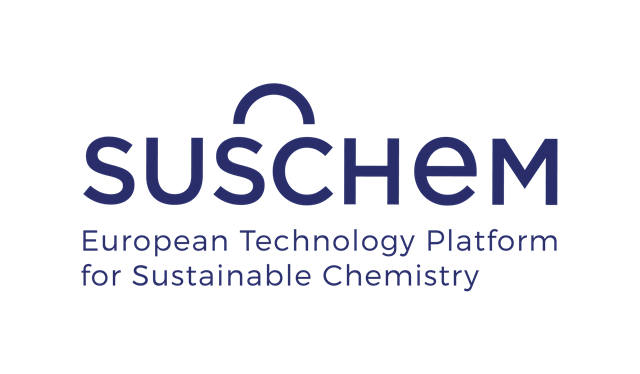The chemical industry's use of CO2 as a renewable resource can support EU chemical sector sustainable development and future competitiveness, said Dr. Gernot Klotz, Executive Director Research and Innovation at Cefic, speaking at the opening session of the Carbon Dioxide Utilisation Summit that took place in Brussels from 30-31 October, Klotz addressed the importance of carbon dioxide as a renewable resource that can be considered a key strategy to support the European chemical sector's sustainable development and future competitivenes. Utilising CO2 can also demonstrate chemistry's potential to solve major societal challenges such as healthy ageing, energy security, and climate change among many others.
Klotz stressed the need for a change in mentality towards CO2, saying: "Europe can no longer afford to look at CO2 as pollution or waste to be disposed of; but rather as a renewable resource for the future.”
CO2 as a feedstock
CO2 as a feedstock for chemistry can be used in many different ways, such as renewable energy storage and as an ingredient to make polymers and new materials. The next step will be to make CO2 a key enabler for artificial photosynthesis via chemical processes. In a recent Financial Times special report, Cefic Director General Hubert Mandery said: “artificial photosynthesis is the real holy grail...When we can use sunlight to turn CO2 into energy to heat our houses or power our cars, we can reinvent the way we live.”
Klotz sees CO2 as the only renewable resource Europe has in abundance and can play a vital role in ensuring Europe’s future as a competitive economy.
“Innovation is about change. If Europe wants to be competitive on the world scene it must urgently change its approach to innovation and look into leading edge technologies," he continued. "Other regions of the world, such as the United States and Asia, are racing to develop a competitive economy based on renewable resources."
"European countries must cooperate now to ensure that a broader vision for a CO2 economy in Europe is born and implemented, enabling the chemicals sector to design and produce new, innovative technologies and products in the coming years and to immediately use its advantages by bringing together economy, goods, growth and social welfare.”
SPIRE and new uses for CO2
Klotz also argued that European initiatives are needed that could create a space for a new mind-set for resources, efficiency and innovation in Europe, including for new uses for CO2. One example is the Public Private Partnership for Sustainable Process Industry through Resource and Energy Efficiency (SPIRE), which aims to enable new technologies and best practices in important stages of existing, large-scale value chains that will contribute to a resource efficient process industry. CO2 could play a breakthrough role in this context.
Cefic has also brought together all relevant stakeholders, including eminent scientists, to jointly create a roadmap that will help Europe to achieve global leadership in innovation and this will be available early 2014.
Klotz concluded: “If Europe aims to achieve global leadership in sustainable technologies together with jobs and growth the progress we make in the next 10 years will be of critical importance.”
CO2 potential
In early October Prof Gabriele Centi from the University of Messina gave a technical overview of the potential of CO2 as a feedstock during a Cefic sponsored session at the European Innovation Summit in Brussels. He said that “CO2 is neither a polluter nor a waste” and that it could be “a raw material that enabled change for society.”
He also sees CO2 as a valuable carbon source and a key element to realise energy and resource efficiency and introduce new renewable energy concepts. The carbon-based economy would provide a new scenario for sustainable chemicals production that integrated biomass and CO2 as feedstocks for a “new chemistry for the future”.
Prof Centi described a variety of CO2 using processes that were already developed or would be in the short to medium term (see graphic below). He also looked at a long term vision of developing artificial leaves that would remove ambient CO2 from the air to make fuel or materials.
The (re)use of CO2 could be a massive opportunity for Europe he concluded. It could exploit a currently untapped resource and contribute to reducing GHG emissions and be a major driver of innovation and growth.
More information
To know more about the potential role of CO2 in the future of Europe’s economy, competitiveness and energy efficiency, please contact Dr. Gernot Klotz, Executive Director for Research and Innovation at Cefic or Sophie Wilmet, Innovation Counsellor at CEFIC.



No comments:
Post a Comment
Please post your comment here. Please note that this newsblog is not moderated.
Note: only a member of this blog may post a comment.